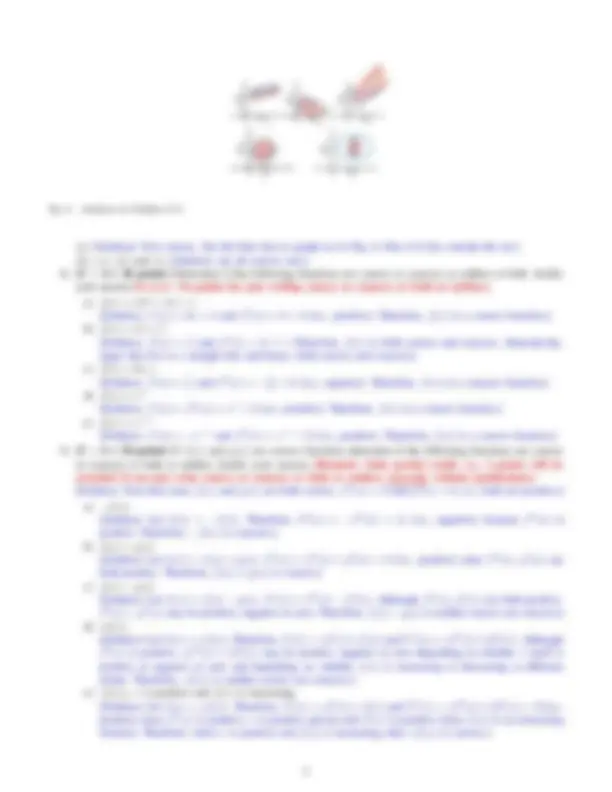



Study with the several resources on Docsity

Earn points by helping other students or get them with a premium plan


Prepare for your exams
Study with the several resources on Docsity

Earn points to download
Earn points by helping other students or get them with a premium plan
Community
Ask the community for help and clear up your study doubts
Discover the best universities in your country according to Docsity users
Free resources
Download our free guides on studying techniques, anxiety management strategies, and thesis advice from Docsity tutors
DTSC 615: Optimization Methods for Data Science Homework #01 Solutions
Typology: Assignments
1 / 3

This page cannot be seen from the preview
Don't miss anything!


1
x
f(x)
x
f(x)
x
f(x)
x
f(x)
x
f(x)
(a) (b)
(d)
(c)
(e)
Fig. 1. Figures for Problem # 1).
x
f(x)
x
f(x)
x
f(x)
x
f(x)
x
f(x)
(a) (b)
(d)
(c)
(e)
Fig. 2. Solutions for Problem # 1).
x
f(x)
x
f(x)
x
f(x)
x
f(x)
x
f(x)
(a) (b)
(d)
(c)
(e)
Fig. 3. Figures for Problem # 2).
x
f(x)
x
f(x)
x
f(x)
x
f(x)
x
f(x)
(a) (b)
(d)
(c)
(e)
Fig. 4. Solutions for Problem # 2).
x
f(x)
x
f(x)
x
f(x)
x
f(x)
x
f(x)
(a) (b)
(d)
(c)
(e)
Fig. 5. Figures for Problem # 3).
[Solution: See Fig. 4. The yellow lines shading the graphs (essentially every point on the graph) represents the boundary points. For graphs, (a) and (d), the black dots alone are the extreme points, For graphs, (b) and (c), all boundary points are also extreme points. For graph (e), there are NO extreme points.]